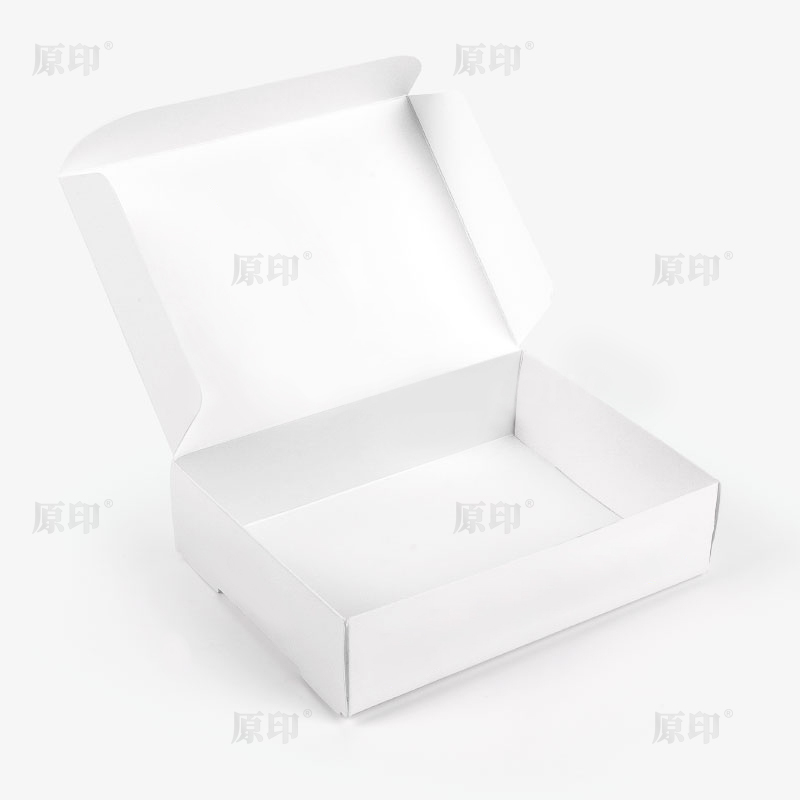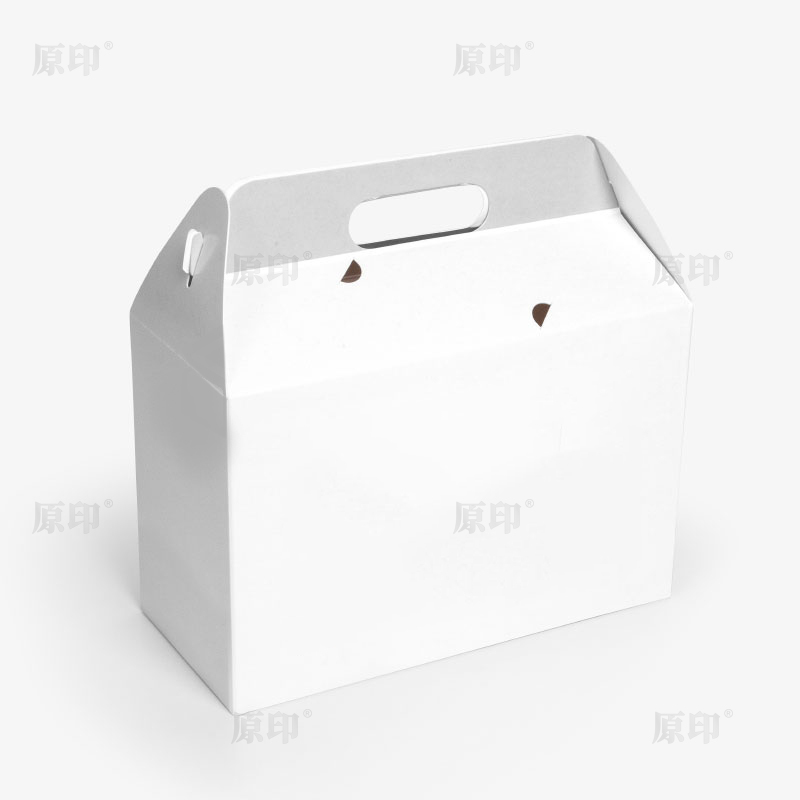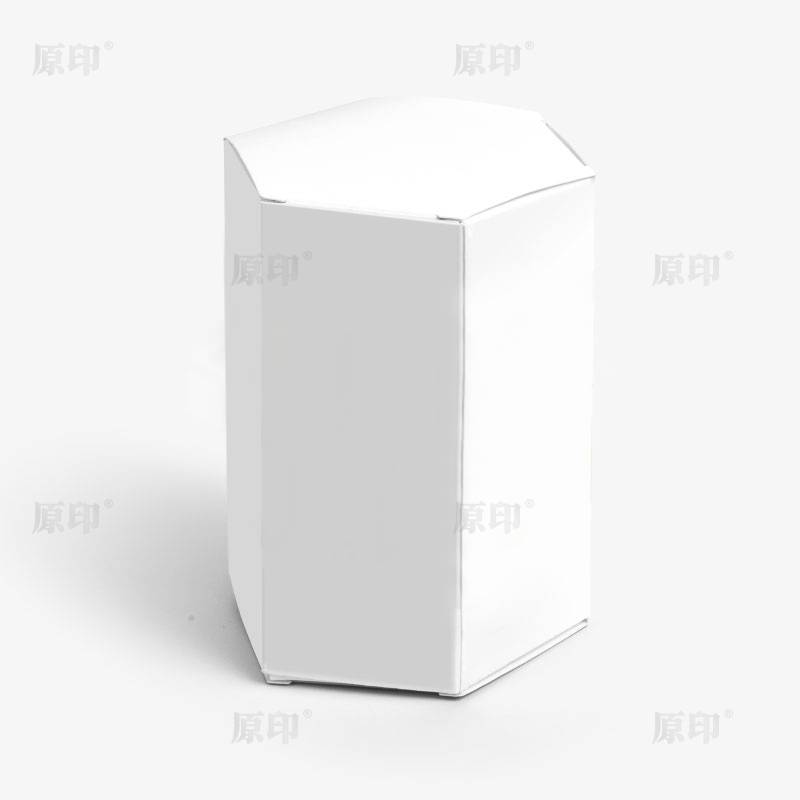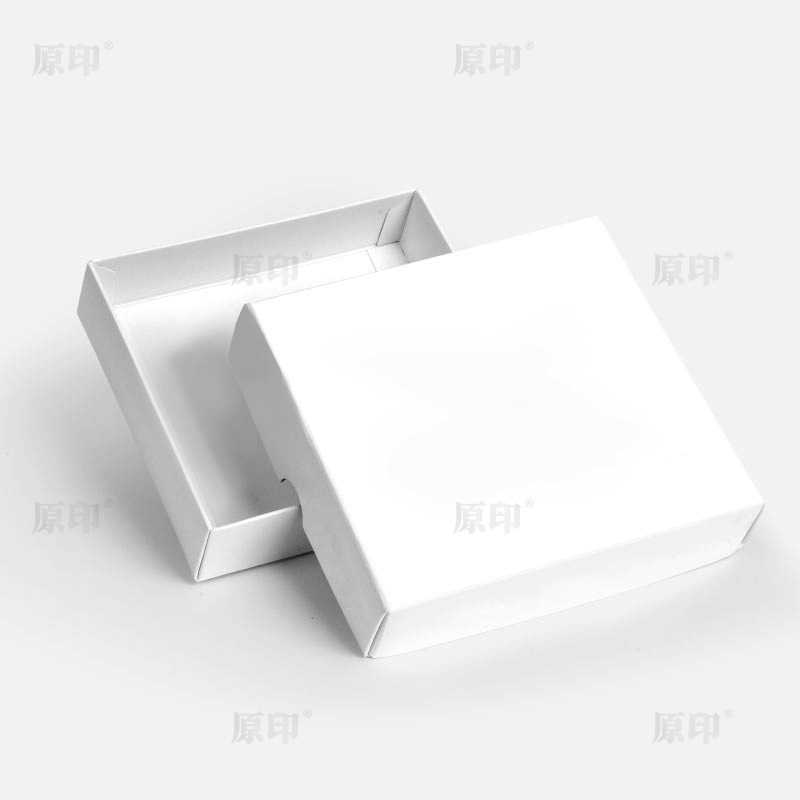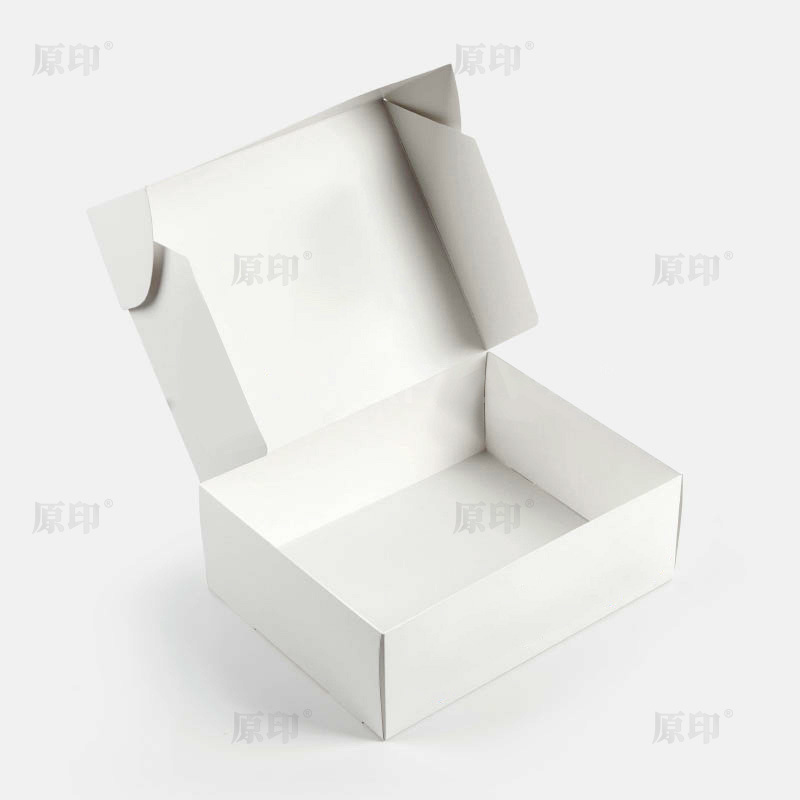How Is Printed Agriculture Packaging Transforming the Way We Store and Sell Farm Products?
In the rapidly evolving agricultural sector, packaging is no longer just a protective shell for farm products—it has become a marketing tool, a quality preserver, and a sustainability statement. Among various innovations, Printed Agriculture Packaging is gaining momentum for its ability to combine functional protection with visual appeal and brand identity. But what exactly does this term mean, and why is it so crucial for modern agriculture businesses?
1. What Is Printed Agriculture Packaging?
Printed agriculture packaging refers to packaging materials—such as bags, pouches, boxes, and wraps—designed for agricultural products that are enhanced with custom printing. This printing can include:
- Brand logos and names
- Product information (type, variety, weight)
- Nutritional facts
- Storage and usage instructions
- Attractive designs and graphics
These printed elements not only help farmers and agricultural brands stand out but also provide essential information to consumers and distributors.
2. Why Is Printed Agriculture Packaging Important?
Traditionally, agricultural packaging was plain, focusing purely on function—protecting crops from damage, moisture, and contamination. However, as agricultural markets have globalized and retail competition has increased, packaging now plays a direct role in product marketing and sales.

Printed agriculture packaging helps:
- Create a brand identity in crowded markets
- Build trust by offering clear product information
- Enhance shelf appeal, making products more attractive to buyers
- Comply with regulations requiring labeling of certain agricultural products
3. Key Features of Printed Agriculture Packaging
-
Durability
- Designed to withstand transportation stress, moisture, and temperature fluctuations.
-
Customizability
- Printing options include offset, flexographic, and digital printing to meet brand requirements.
-
Food-Safe Materials
- Uses safe inks and coatings that do not contaminate agricultural goods.
-
Eco-Friendly Options
- Increasingly made with biodegradable or recyclable materials.
-
Multi-Functionality
- Combines storage, marketing, and compliance labeling in one product.
4. Common Types of Printed Agriculture Packaging
- Printed Polypropylene (PP) Woven Bags – Ideal for rice, grains, and seeds.
- Printed Paper Sacks – Suitable for flour, animal feed, and fertilizers.
- Laminated Pouches – Great for dried fruits, nuts, and spices.
- Corrugated Boxes with Prints – For fruits, vegetables, and delicate produce.
- Mesh Bags with Printed Labels – Common for onions, garlic, and citrus fruits.
5. Advantages of Printed Agriculture Packaging
a. Marketing Benefits
- Turns a plain package into a mobile advertisement.
- Helps small-scale farmers compete with larger brands.
b. Functional Benefits
- Clear labeling for variety, grade, and origin.
- Easier inventory management and product tracking.
c. Consumer Benefits
- Provides transparency with clear product details.
- Boosts confidence in product quality and authenticity.
6. Comparison Table: Printed vs. Non-Printed Agriculture Packaging
| Feature / Aspect | Printed Agriculture Packaging | Non-Printed Agriculture Packaging |
| Brand Visibility | High – Logo, colors, and designs make it stand out | Low – Generic look with no brand identity |
| Information Display | Includes product details, instructions, and origin | Limited or no product details |
| Shelf Appeal | Attractive and eye-catching | Plain and less appealing |
| Market Positioning | Premium and professional look | Basic and low-market perception |
| Regulatory Compliance | Easier to meet labeling requirements | Requires additional labels or stickers |
| Cost | Slightly higher due to printing | Lower cost |
| Consumer Trust | Builds credibility through transparency | Neutral impact on trust |
7. Applications Across Agricultural Products
- Grains & Seeds – Rice, wheat, corn, soybean
- Fresh Produce – Apples, tomatoes, peppers, citrus fruits
- Dried Goods – Nuts, beans, dried mushrooms
- Animal Feed – Poultry feed, cattle feed
- Fertilizers & Soil Products – Organic compost, potting mix
8. Printing Technologies Used
- Flexographic Printing – Popular for large-scale packaging runs.
- Digital Printing – Cost-effective for smaller batches or multiple designs.
- Offset Printing – Produces high-resolution images for premium packaging.
- Gravure Printing – High-quality, long-run printing for film packaging.
9. Future Trends in Printed Agriculture Packaging
- Smart Packaging – QR codes linking to product traceability information.
- Sustainable Materials – More brands switching to compostable and recyclable options.
- Minimalist Designs – Cleaner looks with eco-conscious branding.
- Anti-Counterfeit Features – Security printing to protect brand integrity.
Conclusion
Printed agriculture packaging is no longer just an option—it’s becoming a necessity for agricultural producers who want to differentiate their products, comply with regulations, and appeal to increasingly informed consumers. With advancements in printing technology and sustainable materials, the future of agricultural packaging is both functional and visually engaging.


